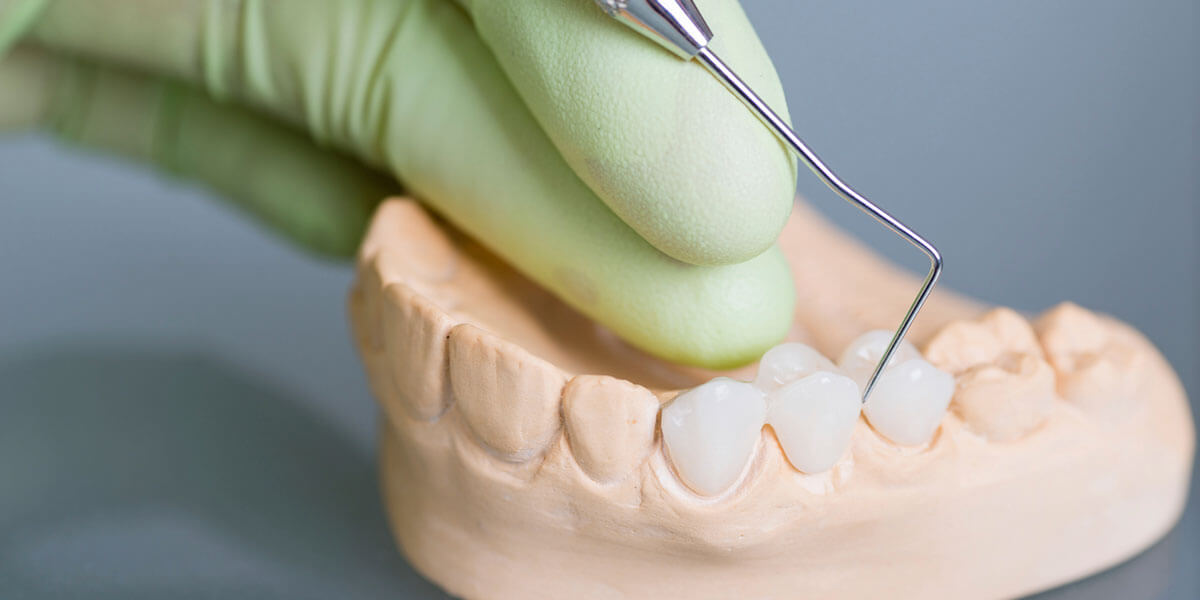Dental Bridges on the Upper West Side

Glassman Dental Care provides dental bridges on the Upper West Side of Manhattan. Call us today at 212-787-4860 to schedule an appointment.
Dental bridges are one of the most common solutions for replacing missing teeth. A bridge can be used to restore a single missing tooth or several adjacent teeth. Although there are a few different options for dental bridges, they all have two primary components: abutments that support the bridge and pontics, or prosthetic teeth.
At Glassman Dental Care, we give your smile star power by carefully crafting dental bridges unique to each patient. Our attention to detail ensures that your bridge blends in seamlessly with the rest of your smile for results that are both beautiful and realistic.
We offer the following types of dental bridges at our office:
Traditional Dental Bridges
Traditional bridges are the most common type. The two teeth adjacent to your missing teeth are used as abutments to support your bridge; this involves removing some of the tooth structure and replacing it with dental crowns. These crowns hold the pontics in place, bridging the gap in your smile.
Cantilever Bridges
If only one tooth is available to use as an abutment, this type of restoration is called a cantilever bridge. Cantilever bridges can place a great deal of stress on the supporting tooth, so in situations in which only one tooth can be used as an abutment, an implant-supported bridge is preferable.
Implant-Supported Bridges
Implant-supported bridges are an increasingly popular alternative to conventional bridges. Instead of requiring support from adjacent teeth, implant-supported bridges are self-supporting because dental implants are used as abutments. Because implant-supported bridges offer more stability, they are ideal when several adjacent teeth are missing.
Maryland Bridges
Maryland bridges use a metal framework that is bonded to the abutment teeth for support rather than requiring the placement of crowns. While Maryland bridges are not as strong as traditional bridges or implant-supported bridges, they preserve the tooth structure of adjacent teeth.
Frequently Asked Questions About Dental Bridges
How long does a dental bridge last?
Dental bridges have an average lifespan of 15 years and longer, depending on the patients home care and routine office dental cleanings with our hygienist. The lifespan of the bridge also depends on the location of the bridge and the material used to make it. With strong materials and proper care, a bridge can last decades.
What are the disadvantages of dental bridges?
The primary disadvantage of conventional dental bridges is the stress they place on abutment teeth. For this reason, we recommend implant-supported bridges whenever they are an option.
Can you get a bridge on front teeth?
Yes, you can get a bridge on your front teeth. Whenever you need a bridge that will be visible when you smile, it’s important to choose a dental practice that is highly skilled in providing natural-looking restorations. Our team at Glassman Dental Care produces realistic bridges that look like your own teeth—only better.
Is it painful to get a dental bridge?
No, there’s no pain involved in getting a dental bridge. Whether you need a traditional bridge or an implant-supported bridge, we use local anesthetic injections to ensure that you are comfortable throughout the process.
Are you in need of a dental bridge on the UWS? Contact our office to learn more about your restorative options and achieve the smile you have always wanted.
